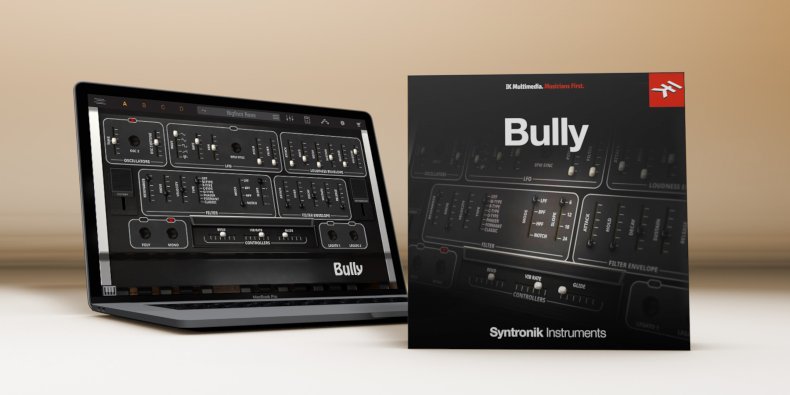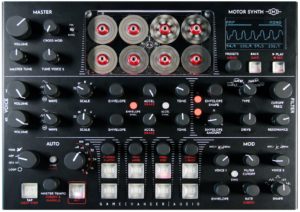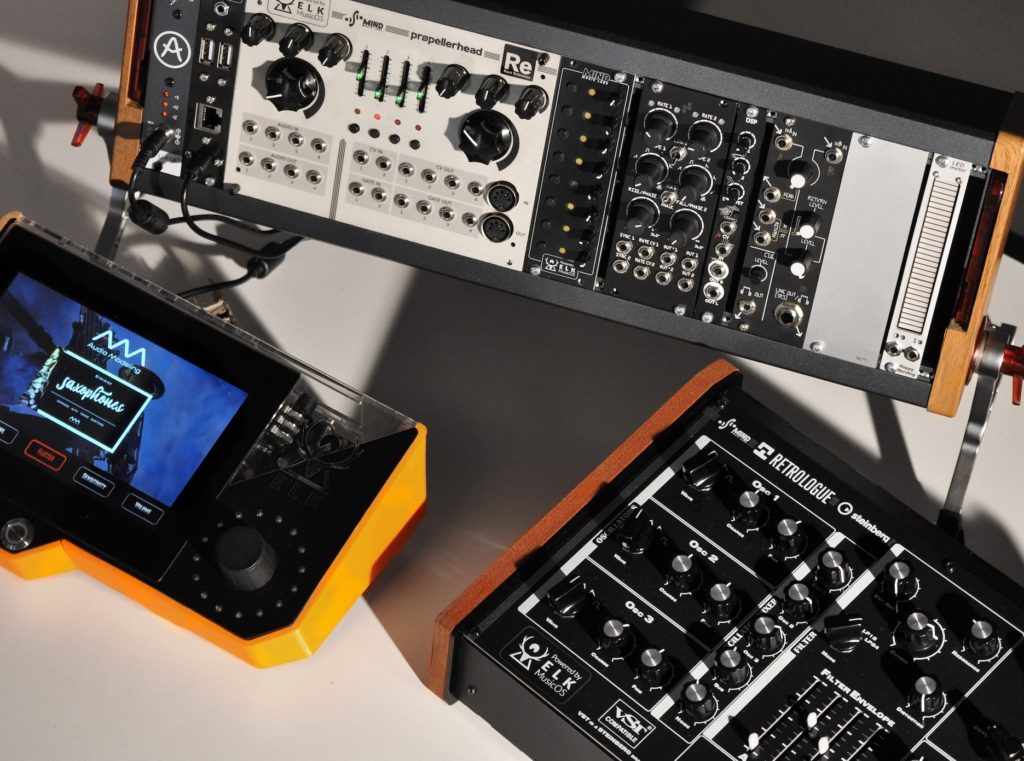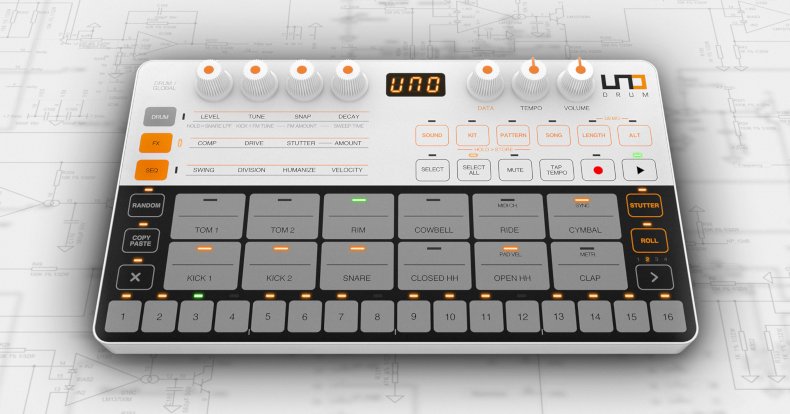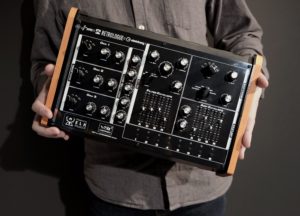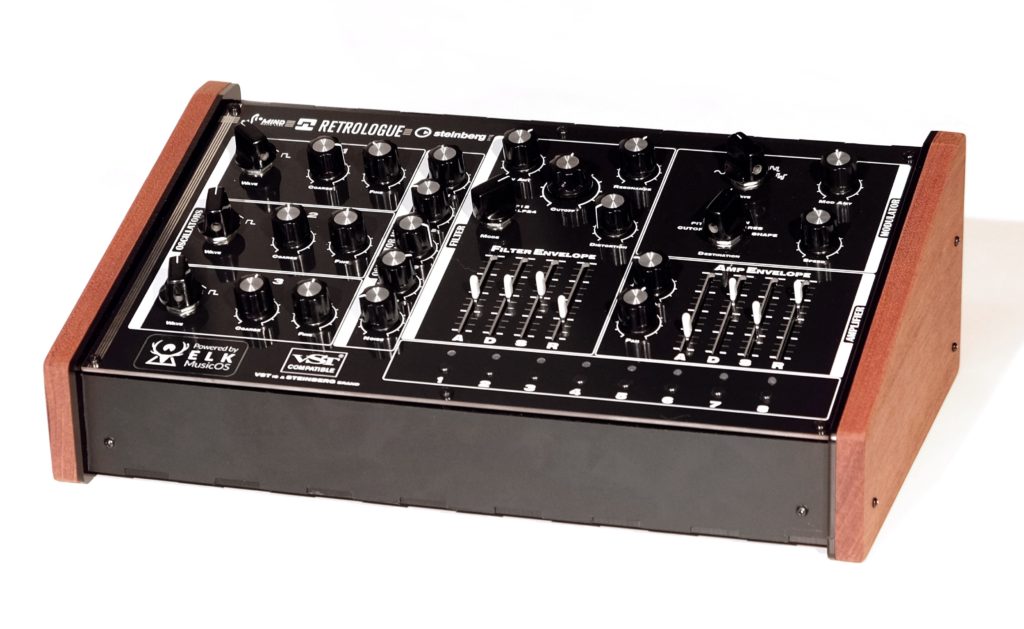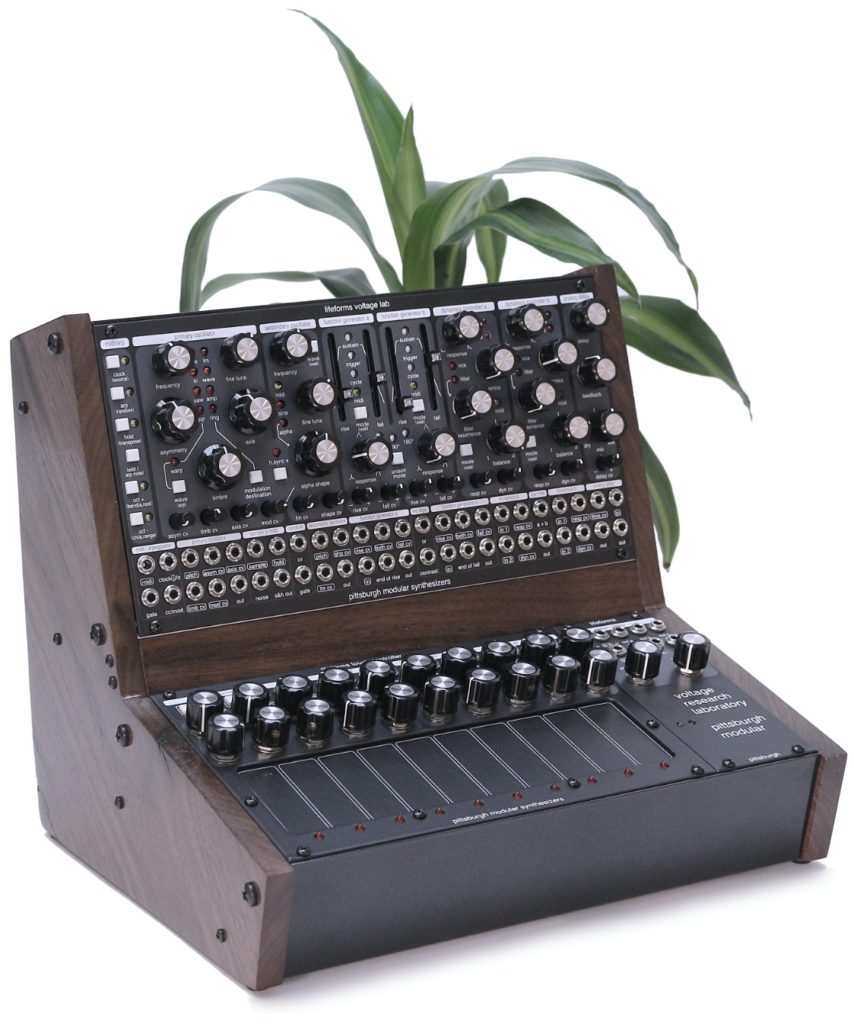
Pittsburgh Modular Synthesizers showcase completely different, organic analog synthesizer at SUPERBOOTH19
PITTSBURGH, PA, USA: musician- and sonic architect-attentive electronic instruments-maker Pittsburgh Modular Synthesizers is proud to debut Voltage Research Laboratory — a completely different, organic analog synthesizer, functionally influenced by the behaviours and systems of the natural world, with which adventurous users can explore the natural systems and lesser-known fringes of analog synthesis as a wildly experimental and extremely deep sonic playground — at SUPERBOOTH19 in Berlin, May 9-11…
As Pittsburgh Modular Synthesizers’ most ambitious and experimental synthesizer offering to date, Voltage Research Laboratory comprises three separate modules that are 100% compatible with the ever-popular Eurorack small-format modular system, housed together in a purpose-built, handmade Eurorack case. Collectively they are so much more than an assemblage of tools and functions, rather representing a unique modular synthesizer seriously designed to reward deep experimentation, encouraging the creation of unique sonic systems.
Central to Voltage Research Laboratory’s unique sound palette is its lifeforms voltage lab module. Musically or otherwise, it originates with a complex oscillator pair — primary oscillator and secondary oscillator — that utilise a wide range of shaping and manipulation options to move away from basic geometric shapes to more harmonically rich tones. There is also a custom wave folder with enhanced waveform warping, linear FM, amplitude modulation, ring modulation, waveform cycling, hard sync, and more besides — all available for serious sonic research.
More manipulation comes courtesy of a set of multi-function generators — function generator a and function generator b, which work as interactive voltage processing systems to create and modify complex control voltages. Acting as voltage-controllable envelopes, LFOs, slew generators, and more, these function generators give life to evolving control signals.
Thereafter, twin dynamics controllers — dynamics controller a and dynamics controller b — bring everything together. After all, as a unique circuit expanding on the classic low pass gate, the dynamics controller with variable response adds an organic depth to the lifeforms voltage lab module by simulating the natural behaviour of sound. Saying that, the multi-mode signal processor features a 12dB resonant filter, VCA, and percussive low pass gate modes.
Meanwhile, back in the natural world, sound interacts with its surroundings, so the lifeforms voltage lab module makes use of an analog delay to simulate this interaction and create an artificial sense of time and space. Sonic manipulation of delay time and feedback add depth and warmth through chorus-, Doppler-, echo-, flanger-, reverb-, and slapback-type effects.
Chaos can be found everywhere. Electronically, random gates and control voltages spark uncontrolled reactions, disrupt systems, and generate ideas. It is for that very reason that the lifeforms voltage lab module includes noise, stepped random CV, a pseudo-random sequence generator, pitched random CV, pitched random sequences, and random gates to add multiple levels of unpredictability to any patch.
Pittsburgh Modular Synthesizers’ Voltage Research Laboratory itself includes the lifeforms touch controller module. Intuitive and inspiring, it effectively overcomes the creative restrictions of a traditional chromatic keyboard with a set of fully-configurable, multi-dimensional touch pads as a duophonic touch controller. By bringing into play two sets of five touch pads, it offers a flexible and interactive performance surface, so performances can be interpreted with a unique combination of monophonic and duophonic responses. The lifeforms touch controller module’s channel animator also allows speedy generation of complex sequences or glitchy chaos — all in all, then, the perfect launchpad for any experimental journey, be it musical or otherwise.
As a Voltage Research Laboratory exclusive, the lifeforms utility module features a unity gain signal mixer/splitter along with stereo headphone and line outputs, rounding out the functionality of this completely different, organic analog synthesizer.
The three Voltage Research Laboratory modules are housed in a beautiful 96hp Eurorack enclosure, shaped with the warmth of walnut and the strength of steel. Suitably named, the Lifeforms Research Console case perfectly pairs classic desktop synthesizer ergonomics with a modern Eurorack form factor and a clean, reliable power supply.
Showcasing Voltage Research Laboratory for all to see and hear for the time first time on booth (O226) at SUPERBOOTH19 — Europe’s first and largest trade fair for electronic musical instruments — in Berlin, May 9-11, Pittsburgh Modular Synthesizers has launched its funding campaign on Kickstarter.
The SRP (Suggested Retail Price) for Voltage Research Laboratory is $1,599.00 USD — discount available to Kickstarter supporters; explore and support the Kickstarter campaign for Pittsburgh Modular Synthesizers’ Voltage Research Laboratory project here: https://www.kickstarter.com/projects/pittsburghmodular/voltage-research-laboratory-organic-modular-synthe
Note that Pittsburgh Modular Synthesizers will also be selling the lifeforms voltage lab and lifeforms touch controller Eurorack modules and Lifeforms Research Console case separately with SRPs of $899.00 USD, $399.00 USD, and $349.00 USD, respectively — discounts available to Kickstarter supporters, while the lifeforms voltage lab module will also be available as the Voltage Lab Blackbox standalone synthesizer with an SRP of $999.00 USD — discount available to Kickstarter supporters.
Watch Pittsburgh Modular Synthesizers’ intriguing introductory video for Voltage Research Laboratory here:https://youtu.be/fk2D0SAVtYU



